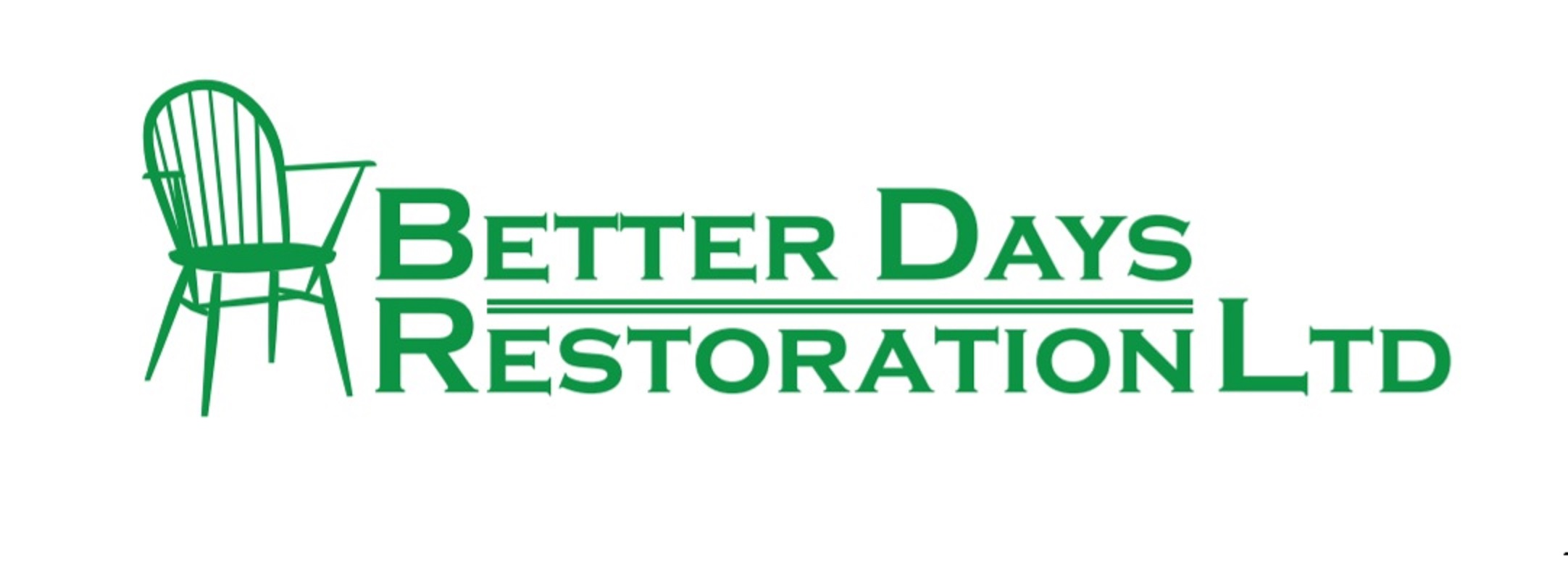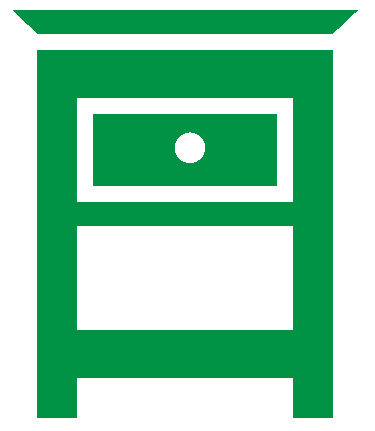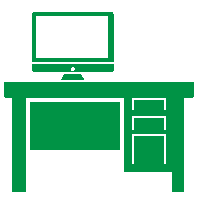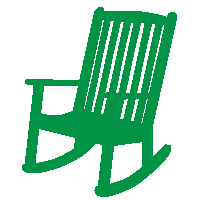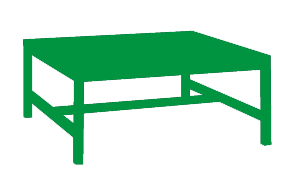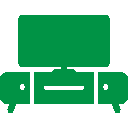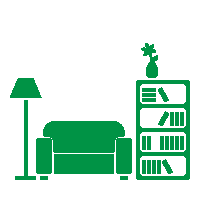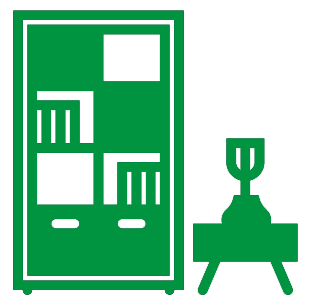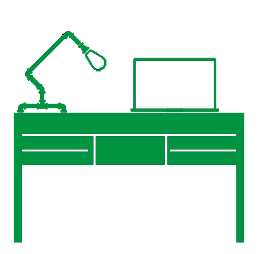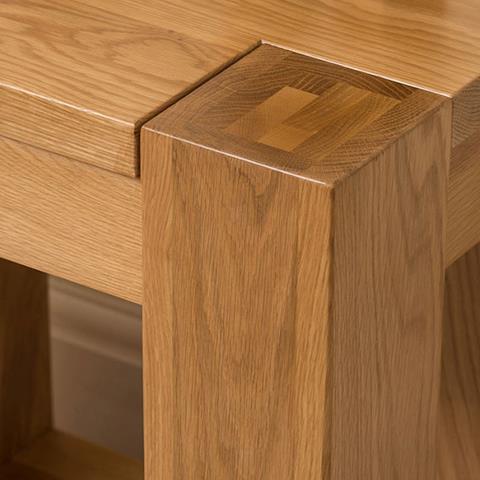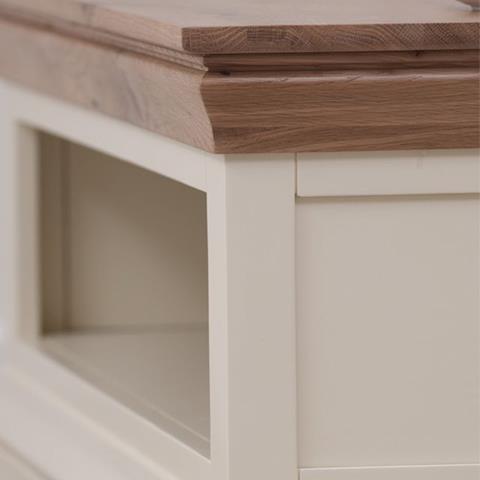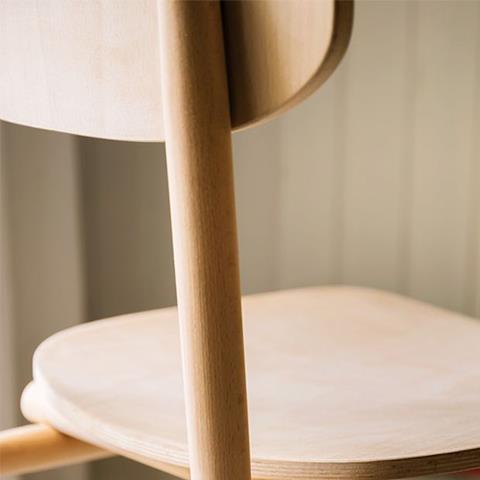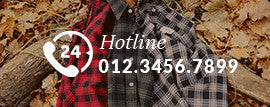
Article Detail
07 May
- 0 Comment(s)
- /
Eight years ago we sold a table and chairs set, with a matching nest of tables a glazed sideboard and a TV unit to a customer from Three Crosses, who when we were chatting to we realised we used to work in the same company some 10 years earlier so a friendship was renewed.
So we were happy to receive a phone call from them only to realise they had managed to set fire to their table top with a Christmas Candle, and were asking if we could carry out any type of repair. I arranged to call to inspect the damage and was shocked at the depth of burn on their table.
The burn was caused by a candle in a glass jar, as the wax melted the jar, which shattered and it must have been 30 minutes before it was noticed. By then it had set light to the oak table top which was happily burning.
The burn was so deep that if the table had been a veneered table we would not be able to carry out any repairs, but luckily we could.
Checking If We Can Do the Job.
As the table was a draw leaf table with bread board ends and measuring approximately 90cm wide by 150cm long, we had to make sure we could sand the table, as we would need to remove approximately 5mm of oak to remove the burn, and the way the table was originally constructed we would have to remove the bread board ends.
I have drawn a sketch to show exactly why the bread board ends needed to be removed as trying to describe way is always difficult, if a basic understanding of woodworking is not known.

The diagram shows that if we just sanded the burn out we would break through above the joint and destroy the strength in the table which would then force us to make the table even narrower. The other up side to removing the bread board ends is it would then definitely fit in our 90cm wide table sander as sanding this by hand would end up in a uneven table top.
Cutting Up A Good Table.
Before we could sand the table top we had to remove the bread board ends and take the table apart down to its "bits"
Table before we take it apart.
After we took it apart.
Now we have the table in its constituent parts we had to do the same with the extending leaves, this is to ensure that all the parts are treated exactly the same, so when we put it back together we don't have leaves of a different size to the main table top and the "v" groves in the table line up, so the table looks just like it did when it was new.
It's always the same you have to make something look worse before you can start to put it right, and in this case we had to take it apart to perfectly good leaves to make sure they would be the same as the table once reassembled.
Sanding of Main Table and Leaves.

The above picture shows our 900mm wide table sander sanding the burn mark off the main table and sanding the leaves to the same thickness to make sure all are the same when the table is resembled. The sander uses a 120 grit sand paper and we will hand sand down to 320 grit paper to make sure all marks are removed. We made sure that the timber is always placed into the sander with the grain running in line with the sander never across the grain as this tears the grain and the sanding marks will be difficult or impossible to remove.
The sanding in a table sander like this is far more efficient that hand sanding, as well as if we had hand sanded we would never get the table to flat as hand sanding such a large area is very problematic and difficult to control the overall thickness of the table top, which is vital to a good and easy reassemble.
Above are the Main table top sanded, and one of the extension leaves, as you can see the burn mark is completely gone and now we are ready to start reassemble. It is best not to leave the table tops and leaves like this to long as they will start to curl now the edges are not supported with a piece of oak with the grain placed in the opposite direction to the table tops.
Re Assembly Begins
The first part of assembly is to frame the underside of the table tops with a frame of oak to give the table tops stability and to give a deep enough edge to fit the dread board ends to.
This was carried out on both extension leaves and the main table, once this was done the edges of the table were planed to ensure they were flush and more importantly that the extension leaves and the main leaf were square, this is vital so that the bread board ends will fit properly and that the table lines up when the extension leaves are extended.
After drying for 24 hrs the leaves are now ready to have there bread board ends fitted, this is done by the use of a biscuit joiner, where a biscuit shaped piece of chipboard is forced into corresponding groves on the table top and the bread board end, the surface is then liberally coated with PVA adhesive and not only does the glue bond the surfaces but the moisture makes the biscuits swell ensuring a very tight joint.
Once the biscuits have been fitted and then the adhesive applied they are clamped together and adhesive allowed to cure for 24hrs, alignment is critical as if your out it will now be very difficult to correct.
Once all the leaves of the table have there bread board ends refitted we can start on re building the mechanism underneath the table, taking care to place all the components in the correct place adjusting for the fact that the table is now some 30mm shorter and 10mm narrower. Narrower is not a problem but shorted causes a problem as the cams to lift the leaves into level position are critical so the table looks and works well when both in its extended position and its closed position.
This adjustment was achieved by "trial and error" but we knew we had lost 5mm thickness on the table tops so this was made up by adding 5mm thick slivers of wood to the underside of the extension leaves before the cams were fitted, after some fiddling and some tweaking all worked well.
This last picture shows the table complete with extension leaves fitted , all that is missing are the 4 legs, but as you can see all lines up and there is no fouling of the cams as they slide past each other.
Re Lacquering The Table Top
Now the table is reassembled we can re lacquer, firstly that table is sanded again to make sure there is no adhesive residue that would spoil the finish, once the sanding is complete the table top and leaves were stained with a bespoke oil based stain mixed to match the legs of the table, once that was dry the table was lacquered with 2 coats of sealer and then 2 coats of 10% sheen clear lacquer, between each coat the table was hand sanded to ensure no blemishes in the table were present.
As you can see the table is as good as new, a long drawn out process but a satisfying one, now to return the table to the customer.
If you have enjoyed this blog and have a item of furniture in the South Wales area and would like us to repair or refurbish it for you, feel free to message us here or ring us , we are always happy to chat.
Happy restorations.
Paul
